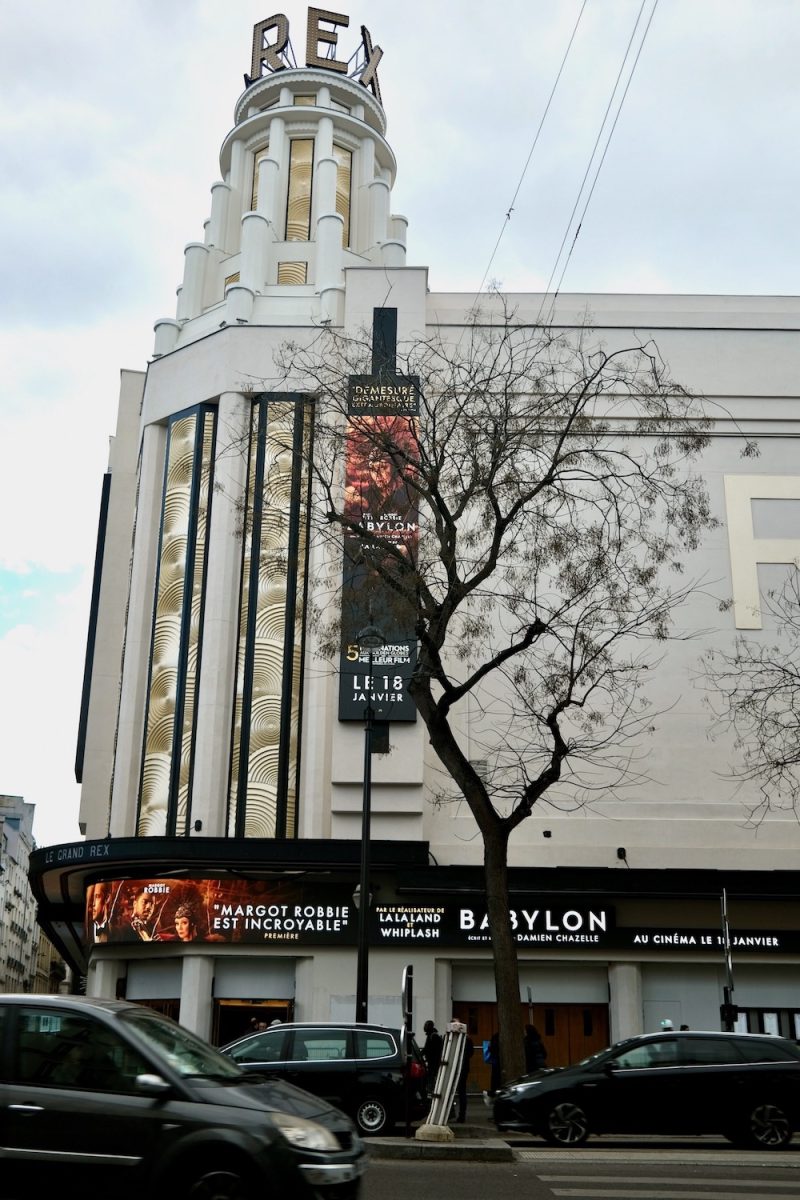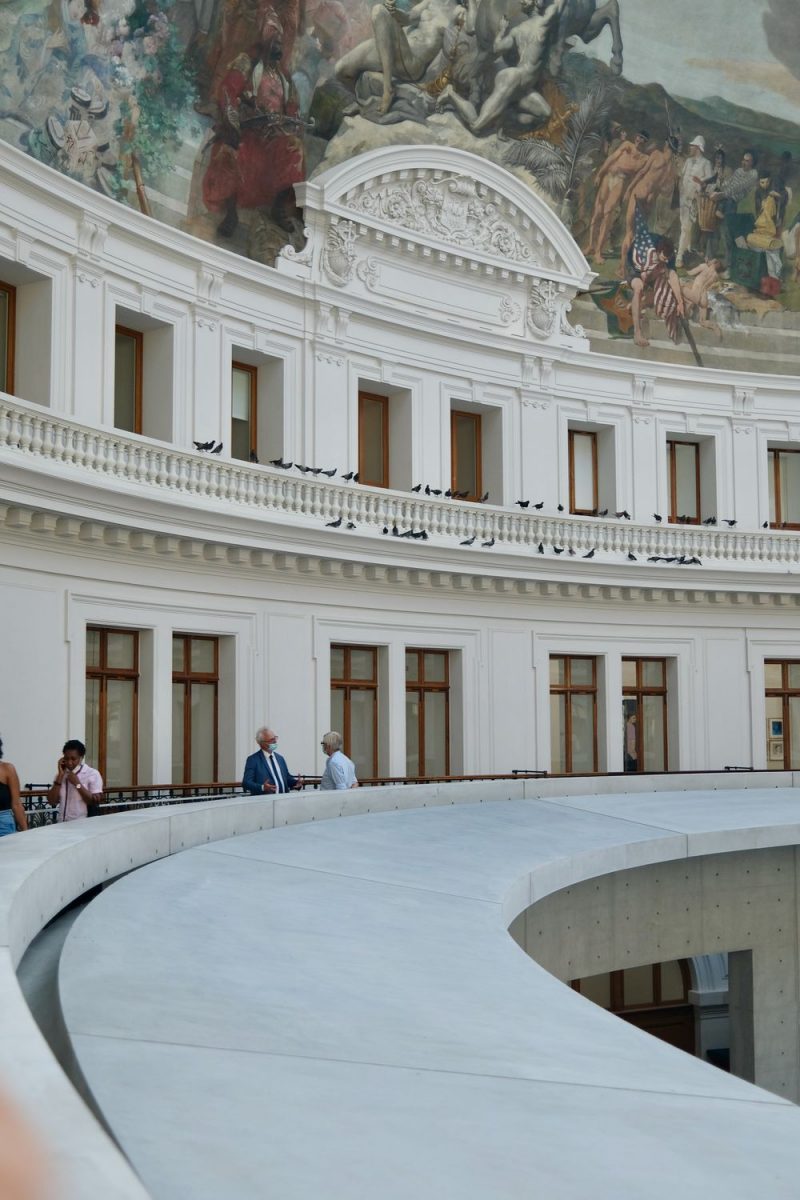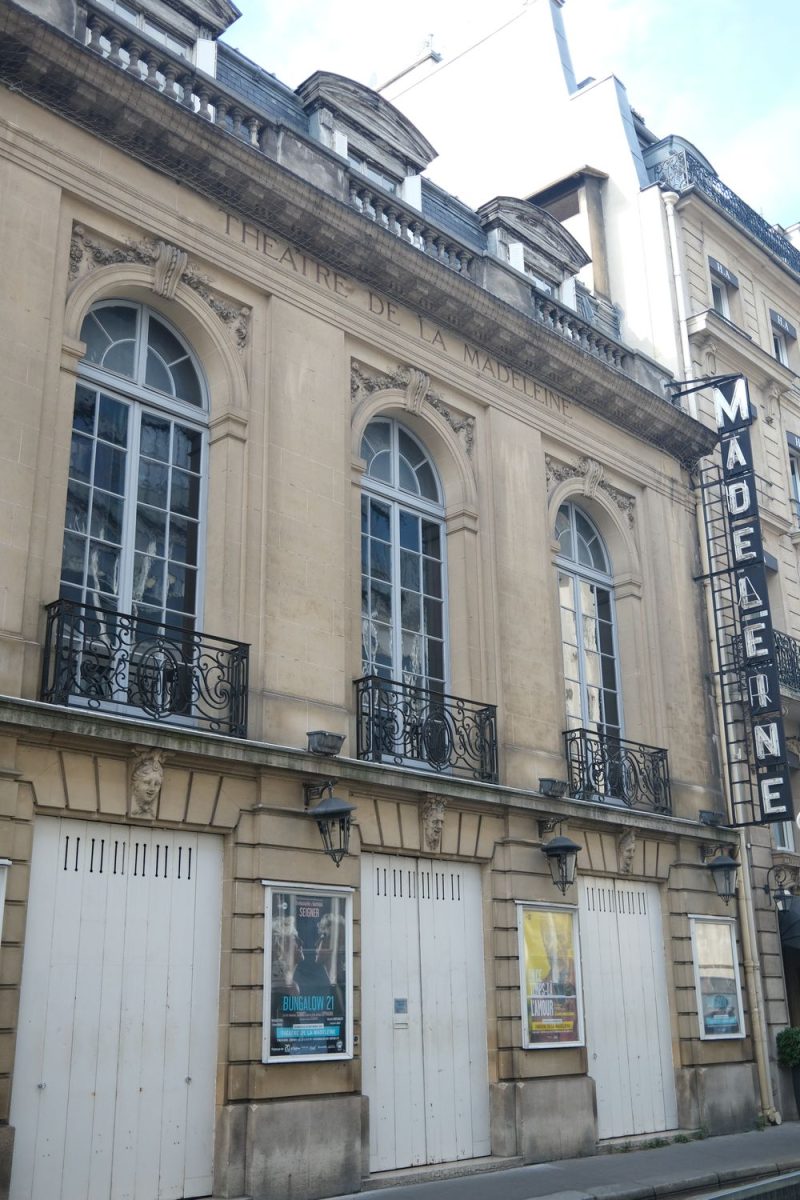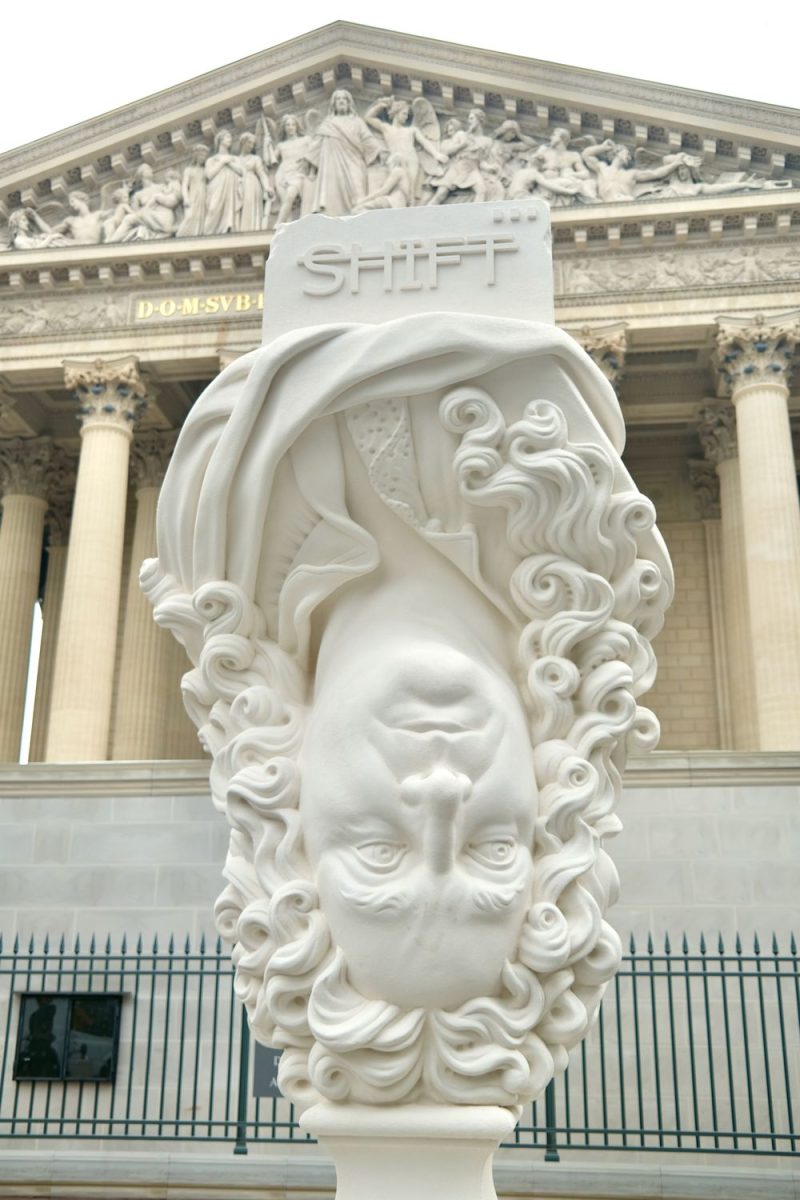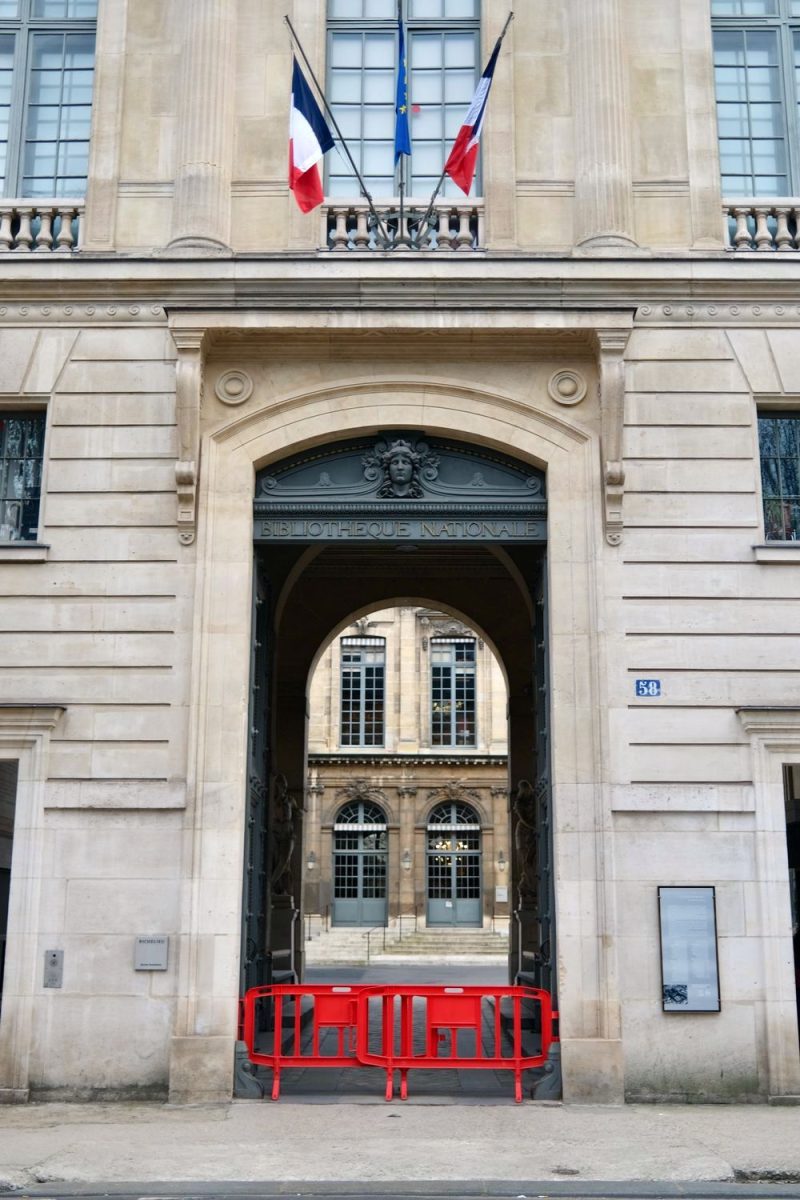National Theater of the Opera Comique
Culture Travel may earn a commission through links on this website. As an Amazon Associate, we earn from qualifying purchases.
The Opéra-Comique, or Théâtre National de l’Opéra-Comique for long, or National Theater of the Opera Comique in English, is a beautiful Parisian building you may come across during your walks through Paris.
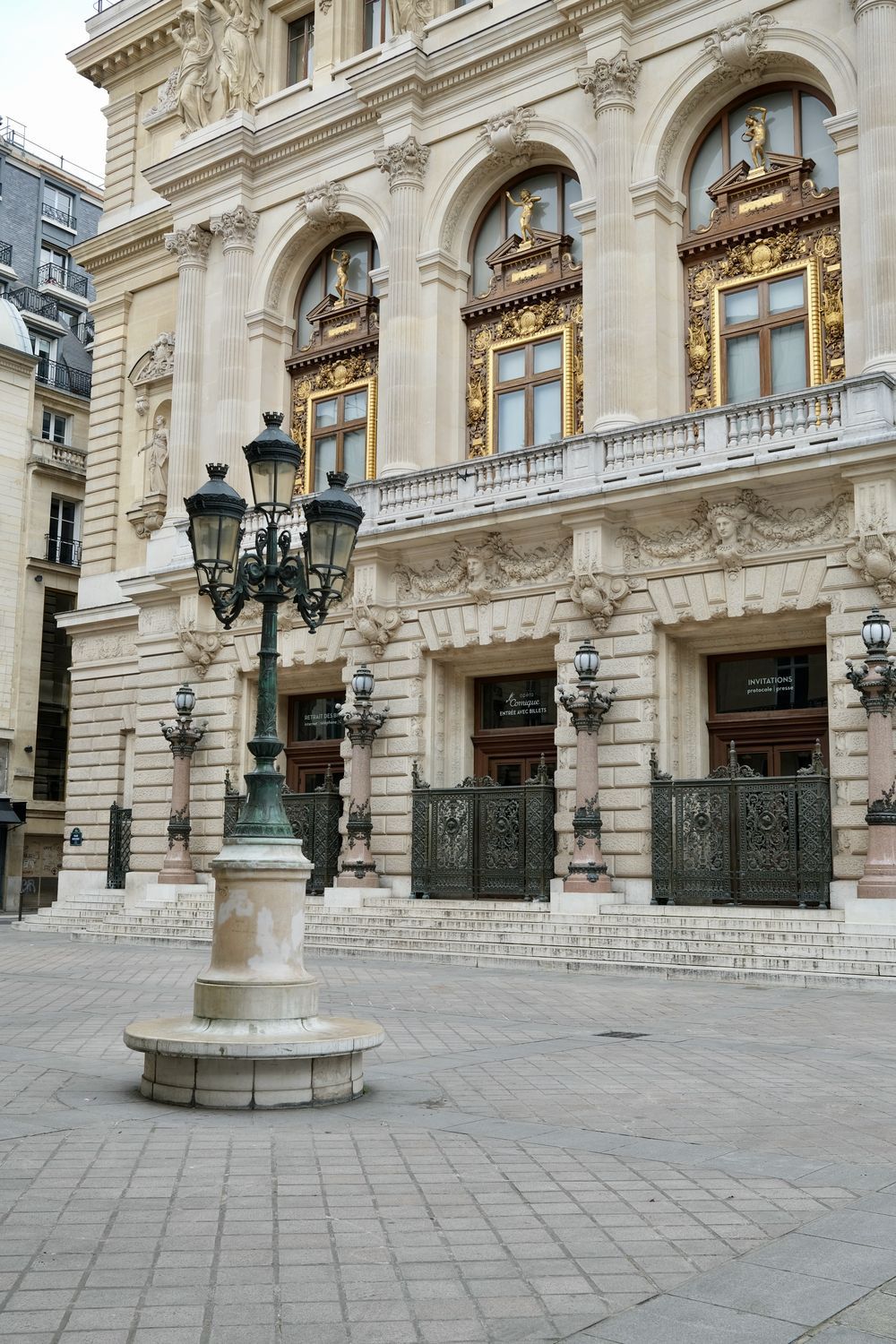
History
The Opéra-Comique in Paris has a long and storied history that traces back to the early 18th century.
Opéra-Comique was originally organized in 1714 as the “Opéra-Comique de la Foire” by Catherine Baron and Gautier de Saint-Edme to provide an alternative to the official Royal Academy of Music and the Théâtre de l’Opéra. Its performances were held at the annual Paris trade fairs and featured comic plays interspersed with songs.
The troupe merged with the failing Comédie-Italienne in 1762, a theatre that performed Italian comedies, under the new name “Comédie-Italienne et Opéra-Comique”. This collaboration allowed the company to share repertory and resources. In 1780, the combined company took the name “Opéra-Comique”.
During the French Revolution and the subsequent Napoleonic era, the Opéra-Comique thrived, as it was a platform for social commentary and political satire. This period also saw a shift towards more serious works, some of which began to blur the line between opéra comique and grand opera.
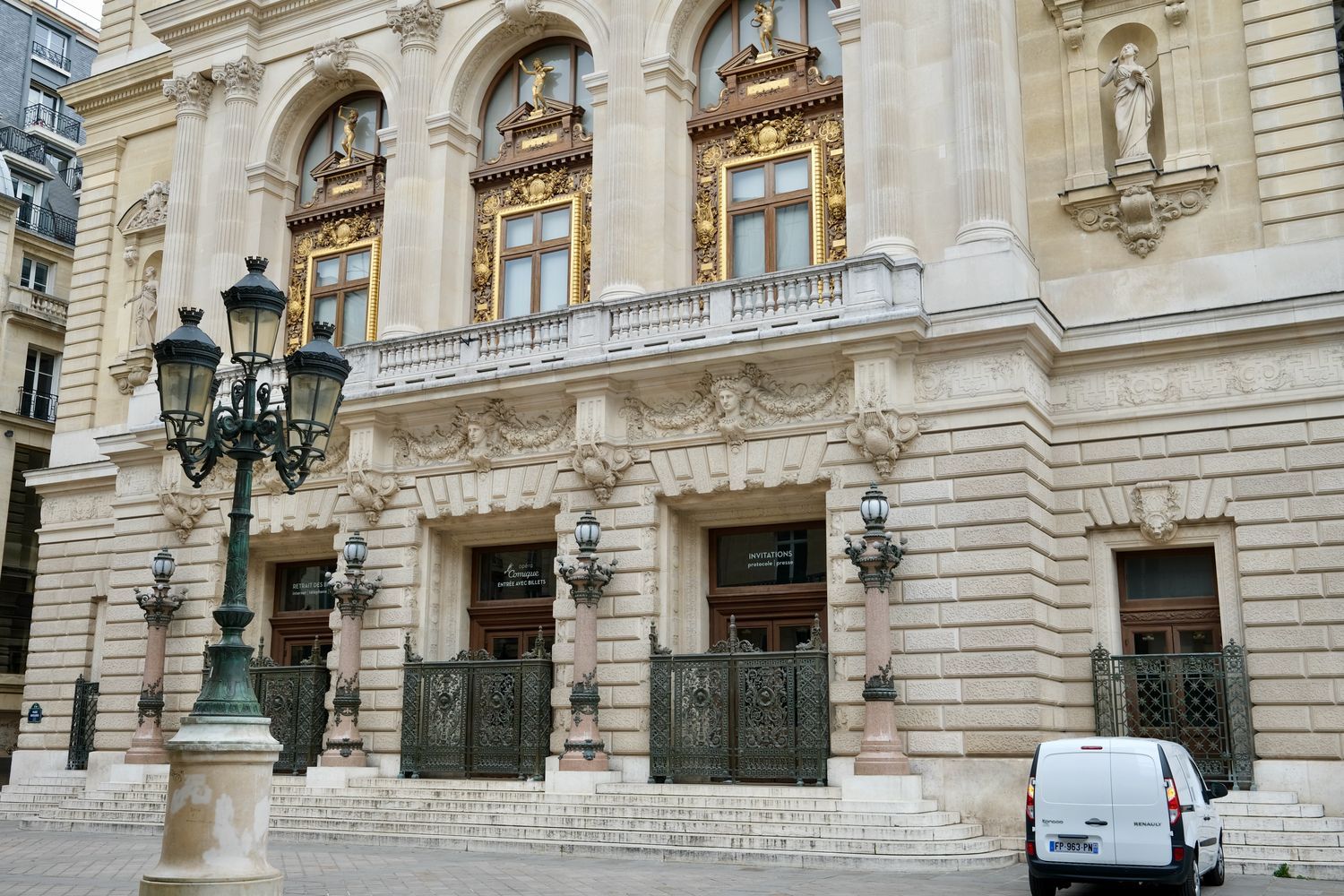
The 19th century saw the Opéra-Comique reach new artistic heights with the premieres of important works like Georges Bizet’s “Carmen” in 1875. During this time, the theatre was known for its bourgeois audience, a contrast to the aristocratic audience of the Paris Opera.
The Opéra-Comique was nationalized in 1939, leading to changes in its administration. The institution faced a decline post-World War II, with financial struggles and decreased popularity.
However, it underwent a revival starting in the 1990s with new and innovative productions. The Opéra-Comique continues to hold performances, including both classic opéra comique and other forms of opera and musical theatre.
Throughout its history, the Opéra-Comique has had to rebuild and move multiple times due to various fires, most notably in 1838 and 1887.
The current building, the Salle Favart, named after Charles Simon Favart, a playwright who contributed significantly to the theatre, dates from 1898. The building on Place Boieldieu is known for its ornate design and the naturalistic artwork that adorns its ceiling.

What is the difference between Grand Opera and Opera Comique?
The difference between Grand Opera and Opéra-Comique mainly lies in their historical origins, language, subject matter, structure, and use of spoken dialogue.
Grand Opera:
Language and Origin: Grand Opera is typically sung in French and was developed in Paris in the early 19th century.
Subject Matter: Grand Opera tends to have serious, often historical, themes and is known for its grandeur and spectacle, including elaborate sets and costumes.
Music and Structure: Grand Opera is fully sung-through, meaning there are no spoken parts. The music, including the arias, chorus numbers, and ballets, is continuous.
Examples: Famous examples of grand opera include “Guillaume Tell” by Rossini and “Les Huguenots” by Meyerbeer.
Opéra-Comique:
Language and Origin: Like Grand Opera, Opéra-Comique also originated in France and is usually performed in French. However, it has older roots, dating back to the 18th century.
Subject Matter: Initially, Opéra-Comique featured light, comic themes, but over time, it has come to include serious and even tragic narratives. The term “comique” does not necessarily imply something is funny; it also refers to the presence of spoken dialogue.
Music and Structure: Unlike Grand Opera, Opéra-Comique incorporates spoken dialogue between the musical numbers, which can include arias, duets, ensembles, and choruses. The musical forms are typically simpler and more popular in style compared to Grand Opera.
Examples: Famous examples of Opéra-Comique include “Carmen” by Bizet and “Manon” by Massenet.
1 Pl. Boieldieu, 75002 Paris, France
